Discussing secular and communal in our country is a tricky business. If we take Hindus as one community secular comes to mean tolerance of Muslims. But in the context of the Hindus - the majority community of the country - secular ought to mean blunting caste identity- if not total eradication of it. Here INDIA seems to have got its vote-arithmetic right and NDA, inundated by NaMo’s silly communal rhetoric, has failed in pushing caste considerations under the blanket of GYAN etc.
Victory has a hundred fathers but defeat is an orphan! Generally. But apropos the results of the latest Lok Sabha polls defeat has a hundred fathers and there is no decisive victory in sight! NaMo exalts in the chance to be PM in three consecutive terms –hopefully, as the third term is going to be precarious. Though his ‘ab ki bar, 400 par’ boast went out of the window, his party lost 20 per cent seats and his hotch-potch NDA was reduced to its position of 10 years ago, he says that he has won and the voters’ faith in his governance in unshaken. More blatant the lie, the more loudly is it voiced?
The INDIA combine on the other hand is restlessly wriggling their hands; muttering ‘so near, yet so far’. They are credited at present with democratic maturity that they did not tempt the two Ns (Naidu and Nitish with NaMo as the 3rd) to jump out of the NDA bandwagon and bring INDIA strength neck to neck with the NDA; with the ‘others’ ready to strike rich bargains with either side. Now whether this was a mature decision or whether the two Ns would shift loyalty only at the offer of posts of PM and Deputy PM is anybody’s guess. It is also possible that the few mature amongst them realised that the present combine in Delhi was unlikely to last more than a couple of years. Perhaps that is why the 2 Ns stayed out of the cabinet and did not haggle for port folios?
Unpredictable is a weak word to describe the behaviour of Indian voters for decade after decade. Peculiar is almost right! Our electorate shows a method after madness. Voters gave three positive mandates to Nehru in the first three polls. Nehru’s life was abruptly cut short - he was only 75, certainly not ‘old’ in the context of Indian politics - by the Chinese betrayal and the Congress labyrinth started cracking up initially in north and Indira survived the 1960’s with outside help of the Left parties who are experts in defending the bad against the worse.
She received a strong mandate in 1971 but the Allahabad judgment pulled the rug from under feet. Emergency was imposed and Indira was thrown out of power in 1977 only to receive another strong mandate in 1980. Rajiv was the only PM to get ‘400 par’ (on a sympathy wave) only to be tripped by VP Singh. NaMo got a fractured mandate in 2014, improved upon it beyond expectations in 2019 and has now been shown his real place in the parliament being ruthlessly downsized to 243. The same Indian voters who propel a leader to the top cut him to size regularly. It will be prudent to record that this alternating behaviour of the Indian voters has stayed unchanged for almost 5 generations! If we credit them with political maturity for bringing NaMo et all close to where they belong how do we explain the pro-NaMo hysteria of 2019?
Correspondingly, our parties and their bosses too show an alternating pattern - they refuse to see that the voters’ moods are volatile and allow a strong mandate to go to their heads. Indira in 1970’s, Rajiv in 1980’s and now NaMo in the early 2020’s. They regularly forget that their propulsion to the top job is a product of people’s disappointment in others and not an expression of supreme trust in themselves. In short, they owe their position to what is called negative voting. Had NaMo learnt the lessons of Indira and Rajiv he would not have focused the campaign on ‘Modiki Garanti’ and toned down his self-centred boastful speeches all over the country. This knowledge did come to him in mid campaign but wisdom lingered permanently!
Having said that, let us ponder the presently popular interpretation that this is a pro-secular mandate. Here we have to use ‘peculiar’ in a different sense. States have voted differently according to size. The biggest two-UP and Maharashtra - have humiliated NDA. The Bihar situation was saved by the shaky marriage with Nitish. Same in Andhra. West Bengal has hurt the Congress - the largest component of INDIA of which MC is a part - more than the NDA. There is almost no INDIA in smaller states like MP, Gujrat, Delhi, Assam and Rajasthan. Odisha, though insignificantly small in the national context, has thrown up the biggest surprise and has shunned its dynastic leanings after decades. While we may heave a sigh of relief that NaMo’s strategy of shamelessly communalising the polls after the Congress manifesto was released has boomeranged, it’s too early to conclude that majority of the plebs have turned ‘secular’ overnight…
Discussing secular and communal in our country is a tricky business. If we take Hindus as one community secular comes to mean tolerance of Muslims. But in the context of the Hindus - the majority community of the country - secular ought to mean blunting caste identity- if not total eradication of it. Here INDIA seems to have got its vote-arithmetic right and NDA, inundated by NaMo’s silly communal rhetoric, has failed in pushing caste considerations under the blanket of GYAN etc. There was considerable post-poll grumbling among NDA leaders of Maharashtra and other states that the NDA failed in two things: it could not select nominees quickly due to internal frictions and the chosen nominee was not always the best available. Getting caste arithmetic right may serve well in elections but sharpening caste identity is certainly detrimental in the larger democratic context.
Read The Author's Article Series Hard(ikar) Talk here
As usual, though cut to embarrassing numbers NDA leaders and analysts partial to them are pointing out that though their number in Parliament has drastically fallen there is not much reduction in their vote share. This is also borne out by statistics; both NDA and INDIA have got between 41 and 43 per cent votes of actually polled votes which was a little over two-third of the total registered vote. We have seen this contradiction of our system time and again; difference in number of seats won and vote share has always been shockingly large due to our ‘first-past-the post’ election mechanism. This year too, the lowest victory margin is some20 votes! But we have to run this system until a better option is found. Further, and worse, is the recurring reality: governments change but the power culture remains the same. The next rulers and opposition just switch the language.
Yet there is one moot point about this mandate. NaMo, during the last years of his second term, was carefully projecting himself as an OBC champion: the myriad class spread all oner the country to which most of the GYAN belong. This was basically to blunt the demand for a caste-based national census which his present colleague had carried out in Bihar on the eve of the elections. But the Ram Lalla show in Ayodhya spoiled the broth? It was a blunder in two ways; it alienated the Faizabad votes who perhaps did not want their medium town to become an international tourist attraction. Secondly, the way NaMo entered Ayodhya that day - like Ram returning to his rightful throne showered with flowers etc. - sent the disastrous message that NaMo wanted to bring back the Ram Rajya-which in practice would be nothing but a conspiracy of the two upper communities-Brahmins and Kshatriyas; the priests and the rulers in essence- and reduce the toiling masses farmers, artisans, sweepers and scavengers to a life of ‘blood, sweat, tears and toil!
The OBC are a big chunk of the electorate. But they have some 3500 castes among them and it’s very difficult to unite them into a political party. They can dictate terms in very few constituencies but can tilt the balance in a large number of seats; just look at the politics of Prakash Ambedkar in Maharashtra where he is a thorn in the flesh of both NDA and INDIA. As political strategy it was a trump card to project NaMo as the hope of the OBCs who do not have a national icon. But NaMo went overboard (as an RSS member?) at Ram Lalla installation and is now condemned to share power with Nitish-whose state census is like a time bomb under NaMo’s chair. I am stating this as my own confession too. I had said in this column that Ram Lalla would take BJP and NaMo to the third term at the top. I went wrong in guessing how the other communities might be looking at it. He surely opened my eyes.
Are we in for instability at the top? Are we looking at another decade of coalitions in Delhi? Are we looking at a period of slow / no policy change? This can be prevented only if there is a real and lasting change in NaMo and his gang. They are experts in populist rhetoric. I wonder if they have learnt the lesson and realise that proud garrulity is useless!
Vinay Hardikar
vinay.freedom@gmail.com
(The writer has been working in the public sphere of Maharashtra for the last five decades. His versatile personality has several dimensions, but the primary ones remain to be that of an established writer, journalist, editor, critic, activist, and teacher.)
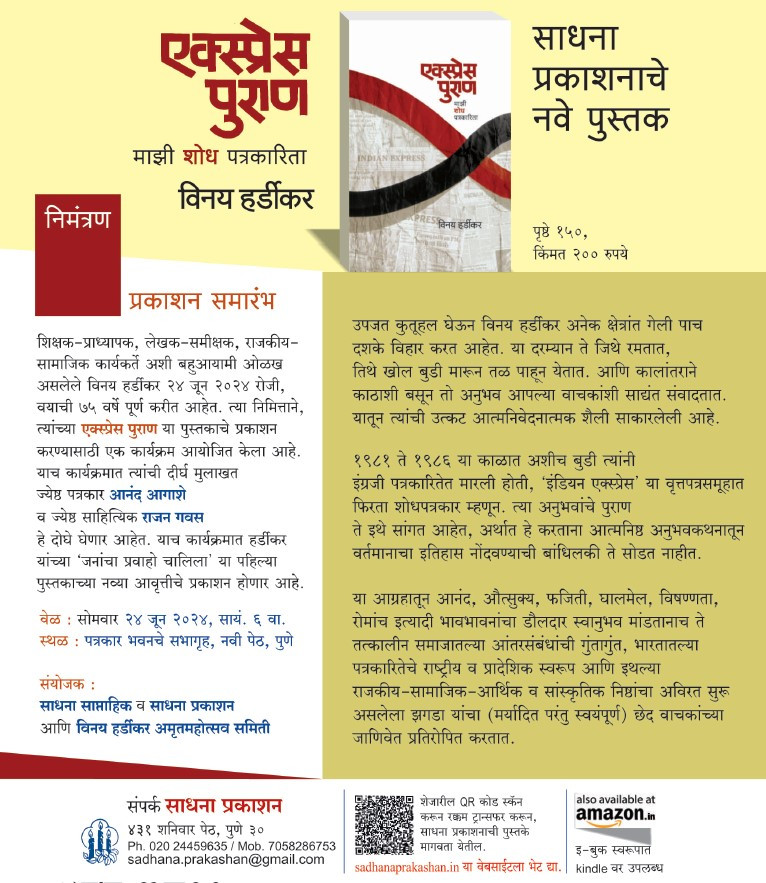
Tags: sadhana digital vinay hardikar elections 2024 narendra modi congress chandrababu nitish kumar NDA Load More Tags

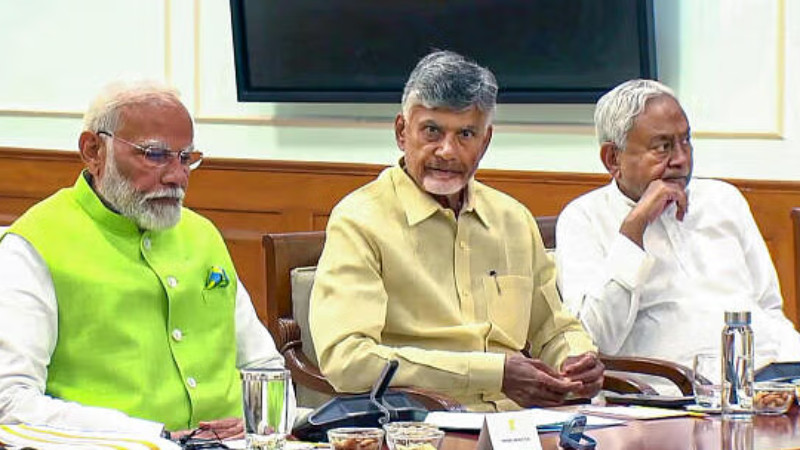


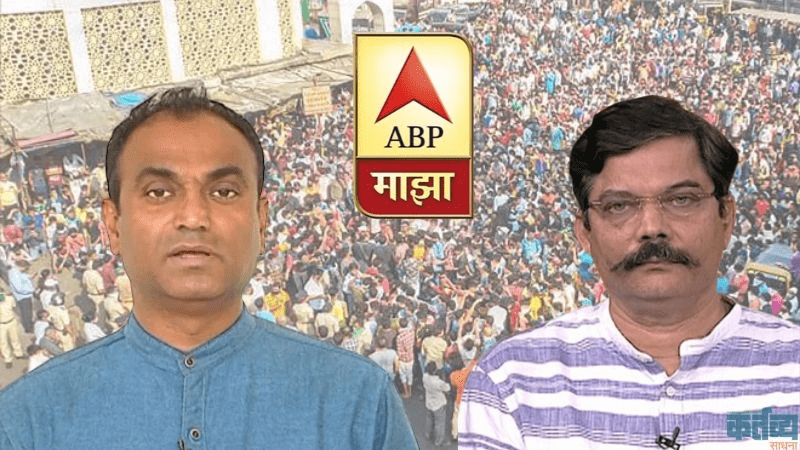
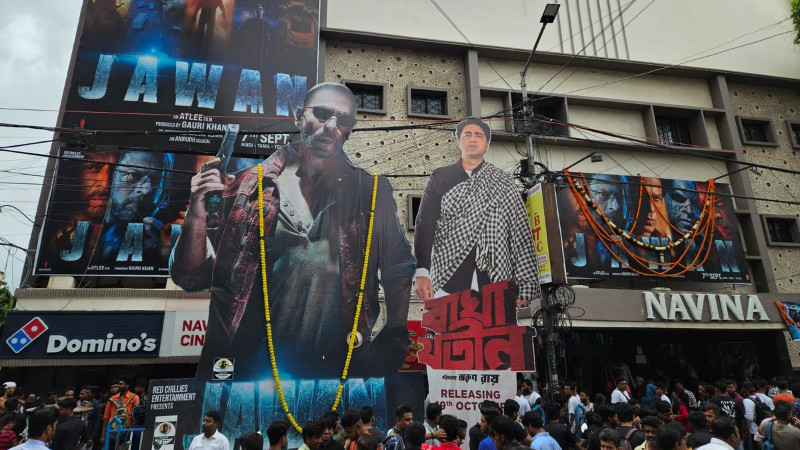
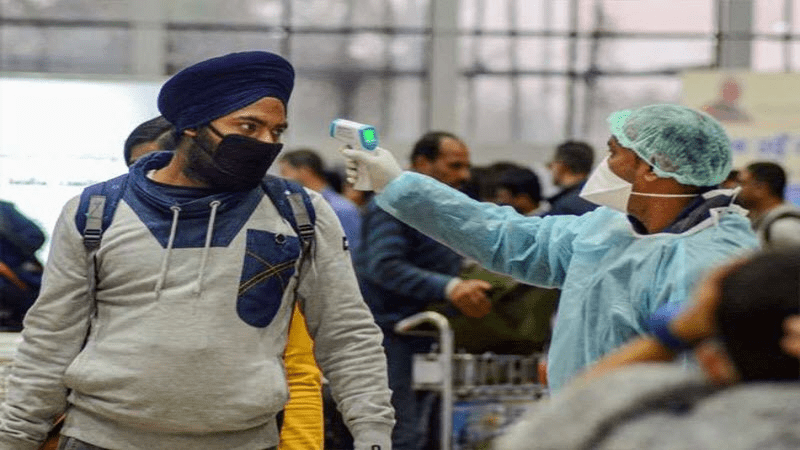


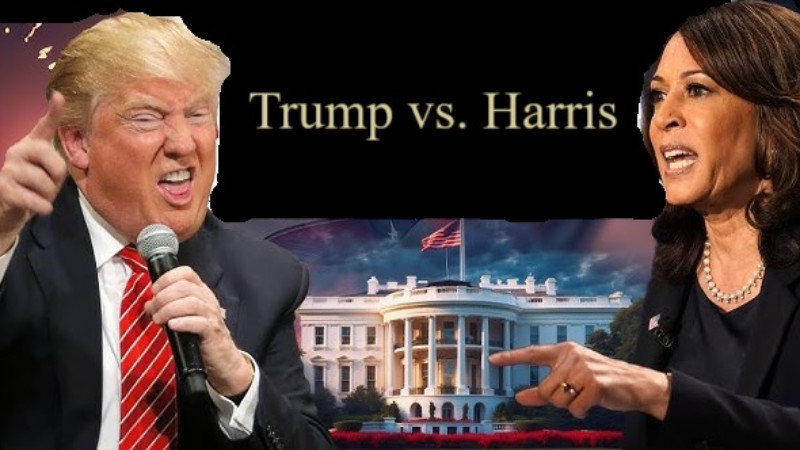
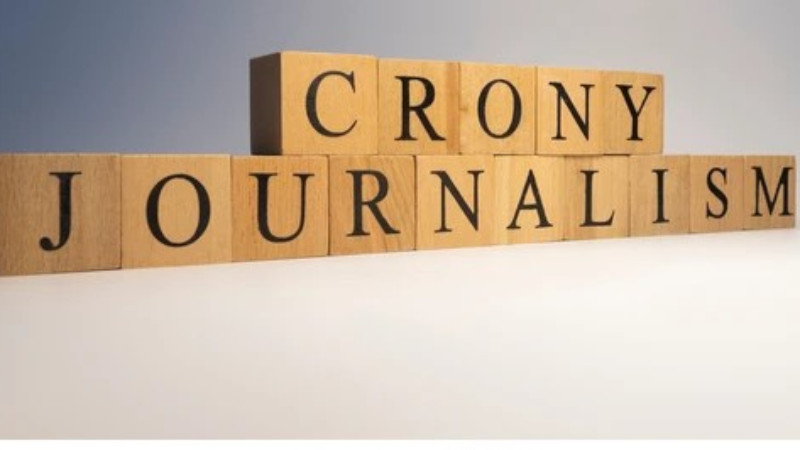
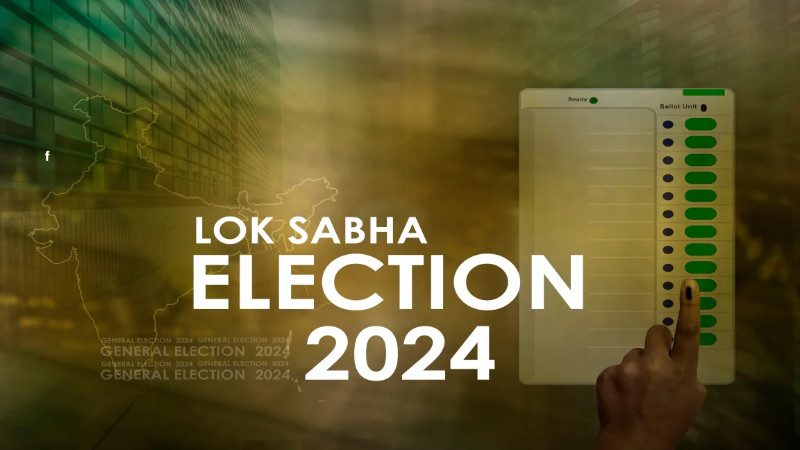
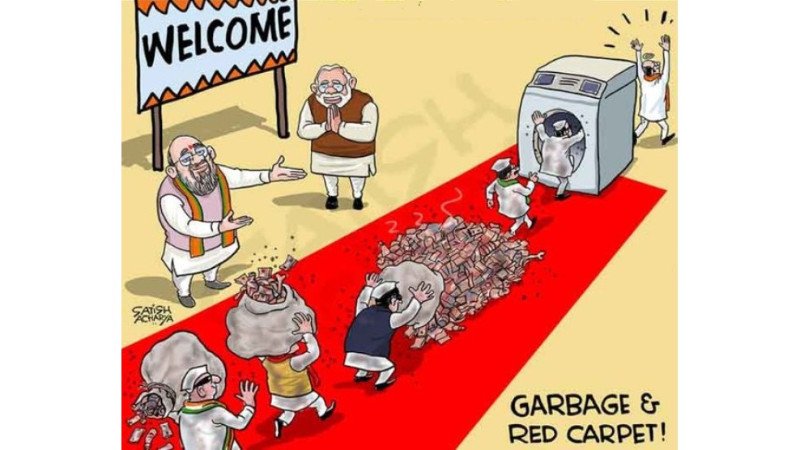
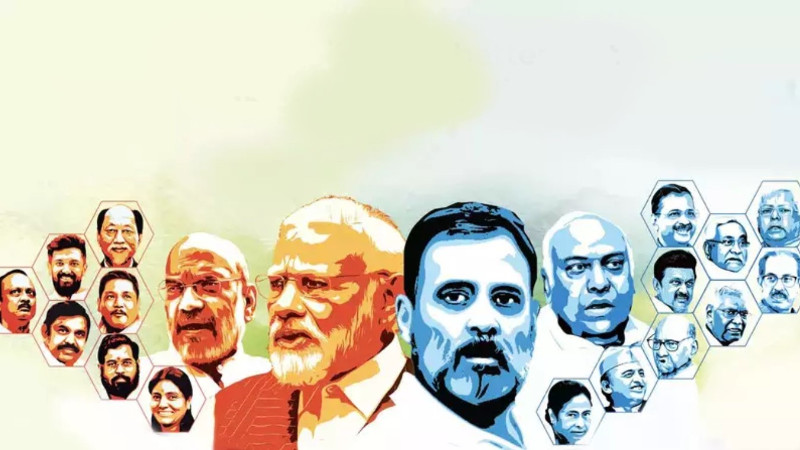
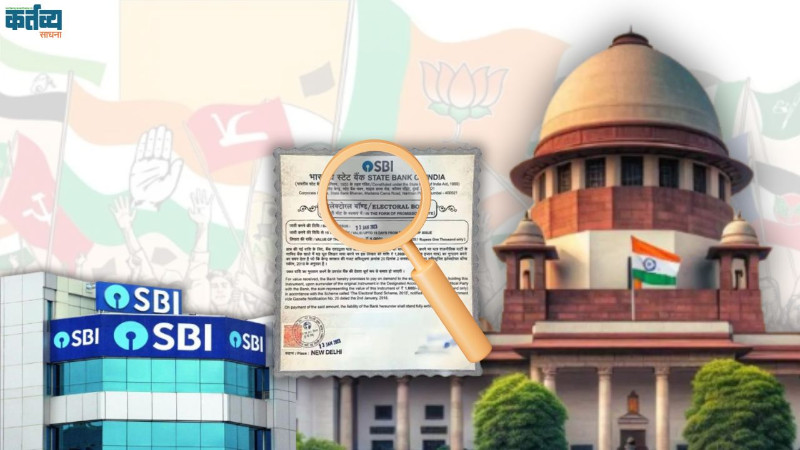
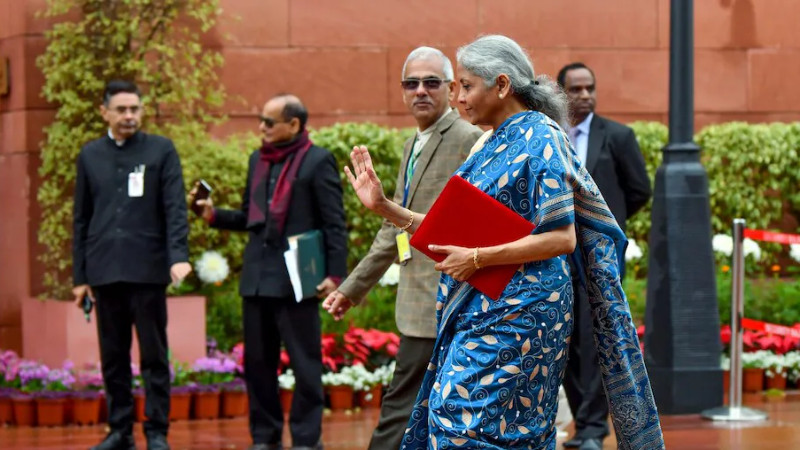
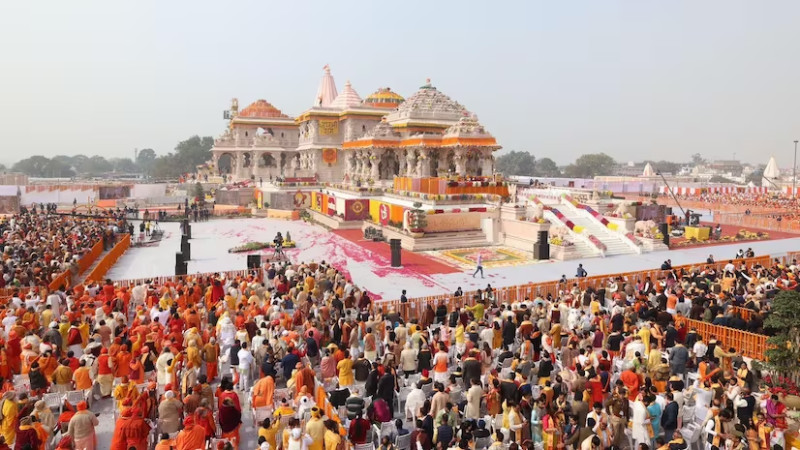
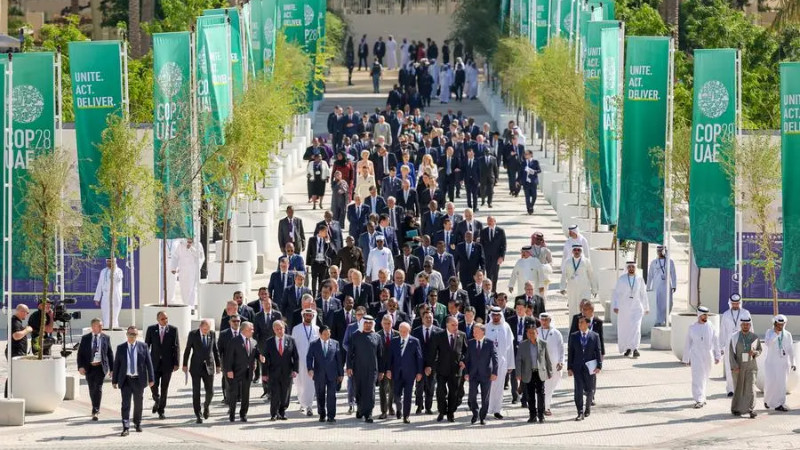
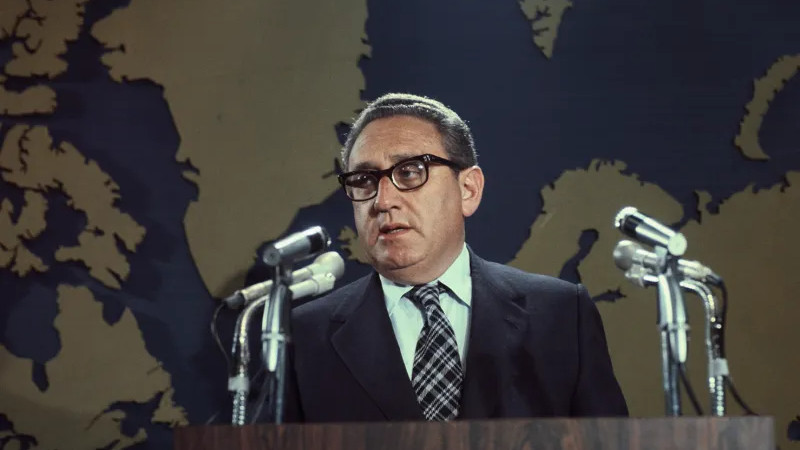
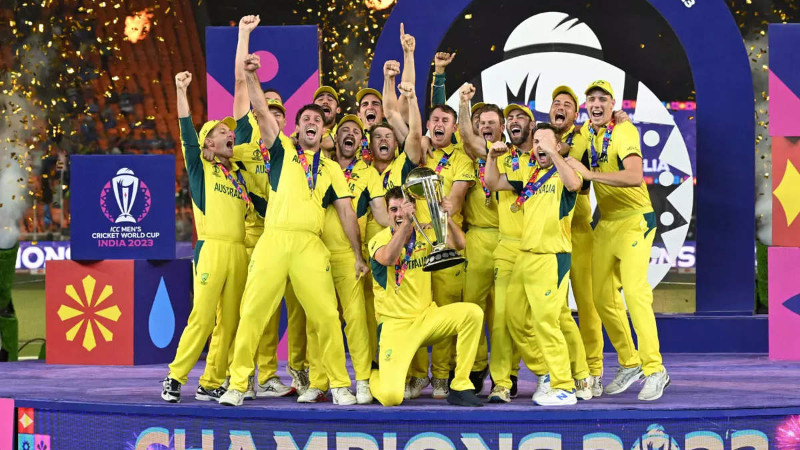
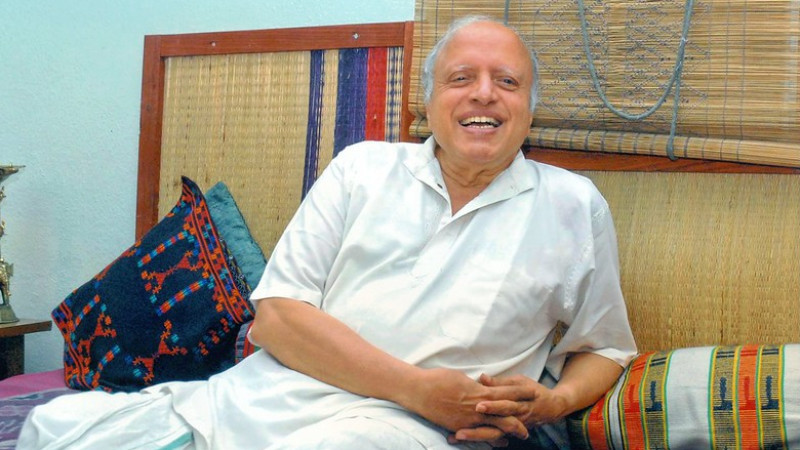
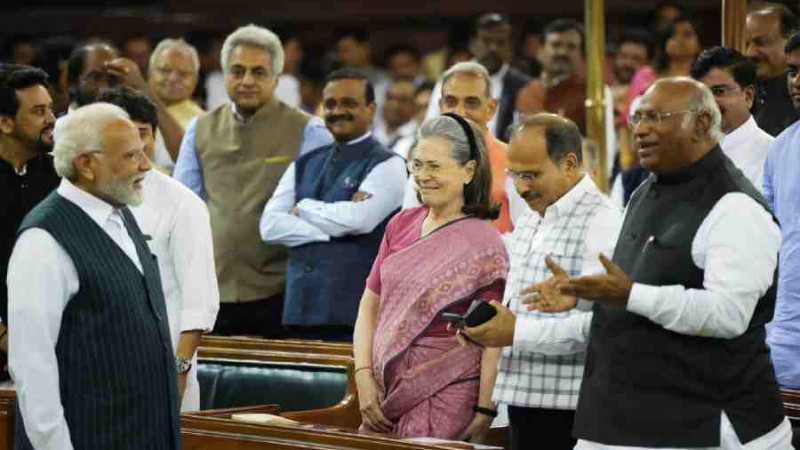

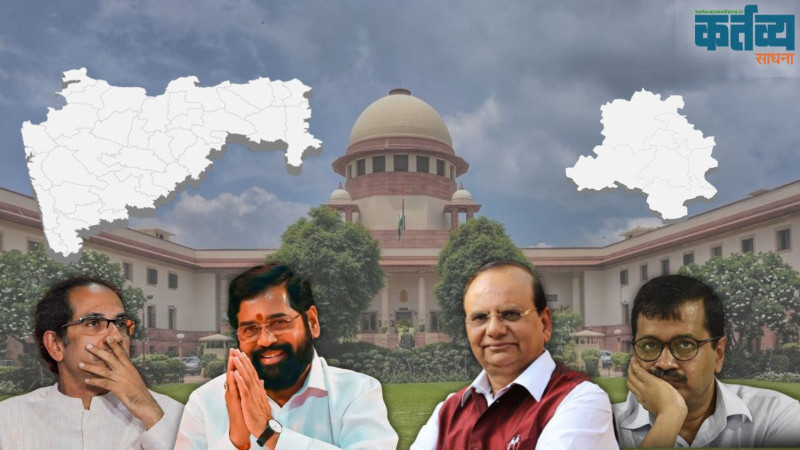
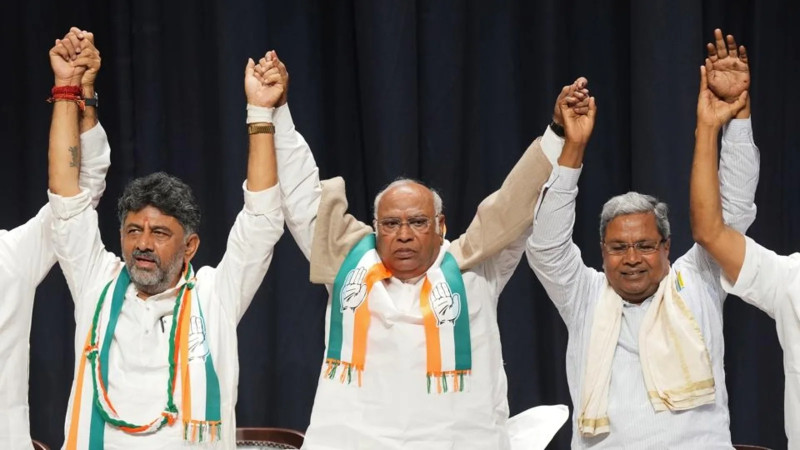
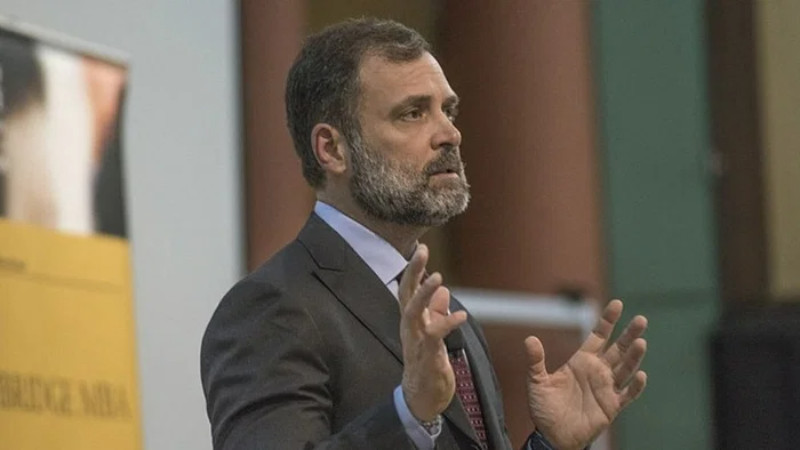
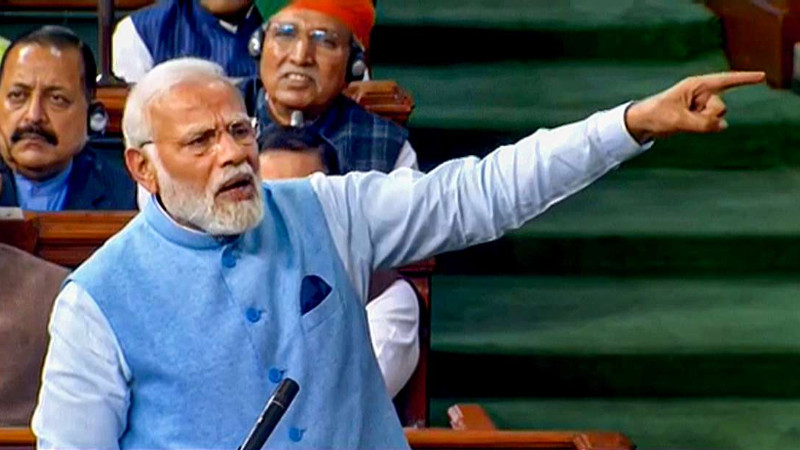
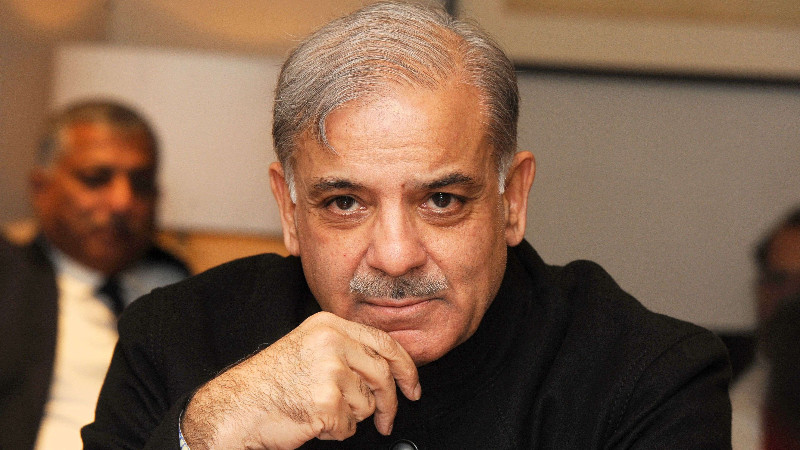
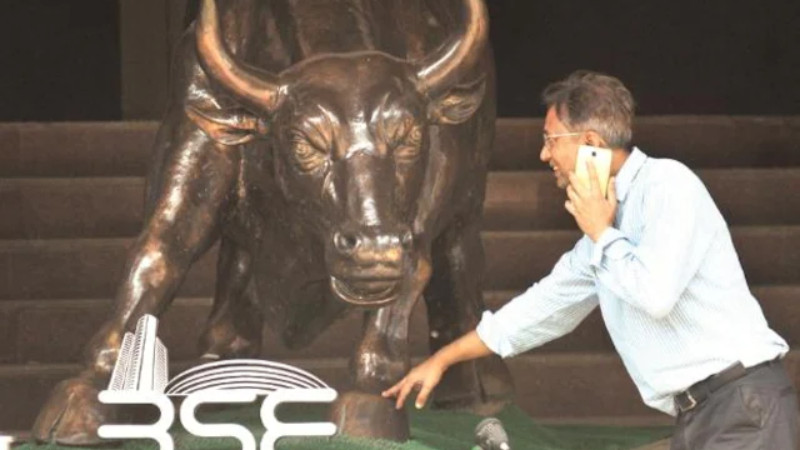
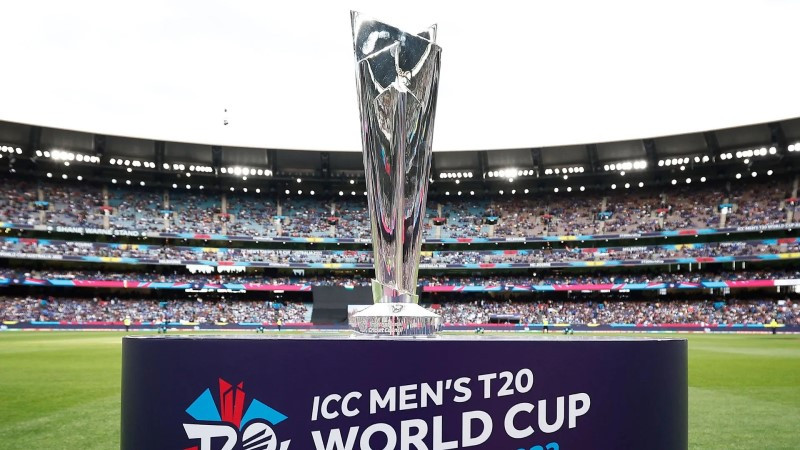
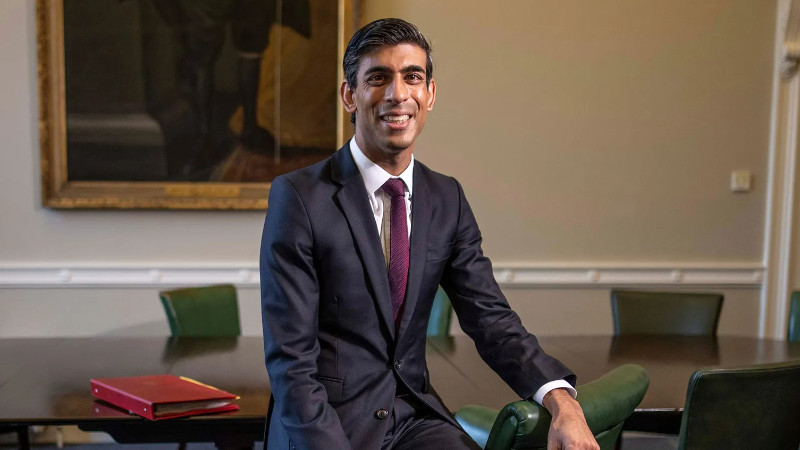
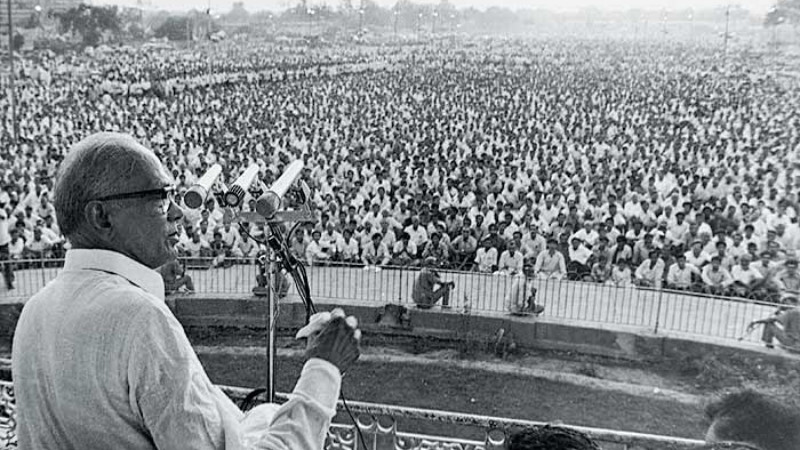
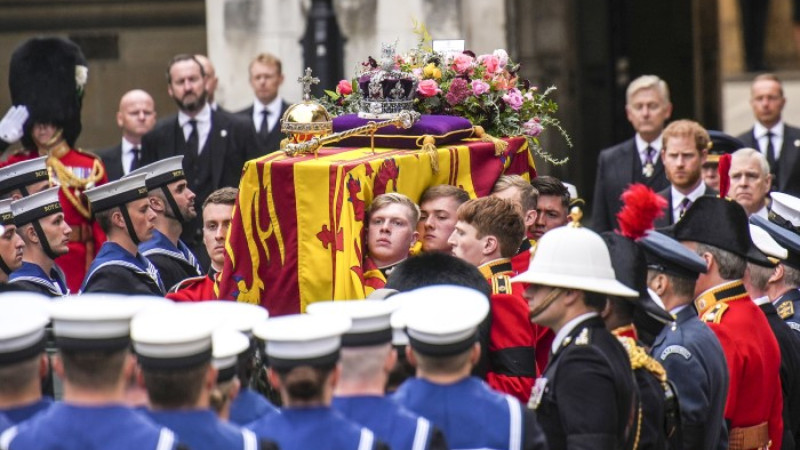


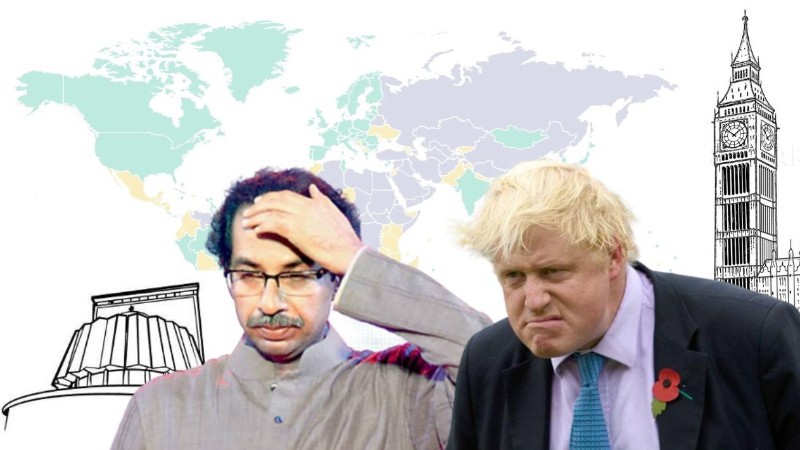

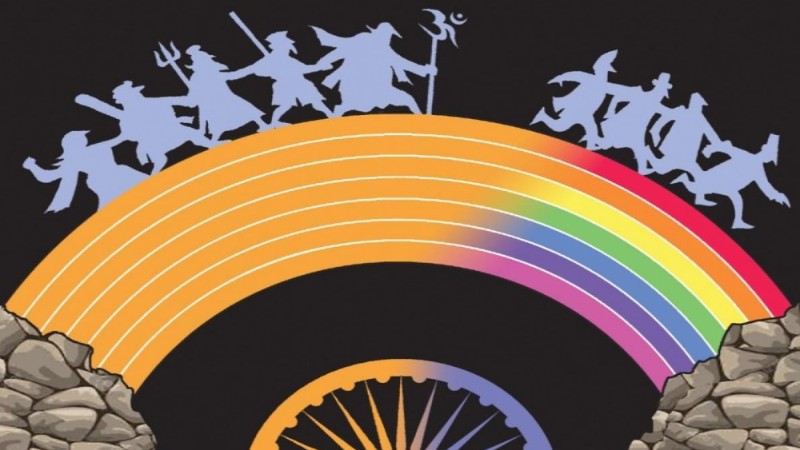

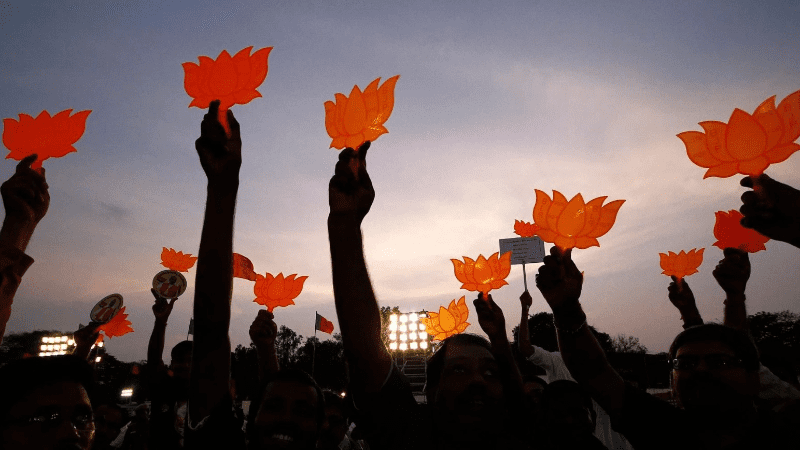
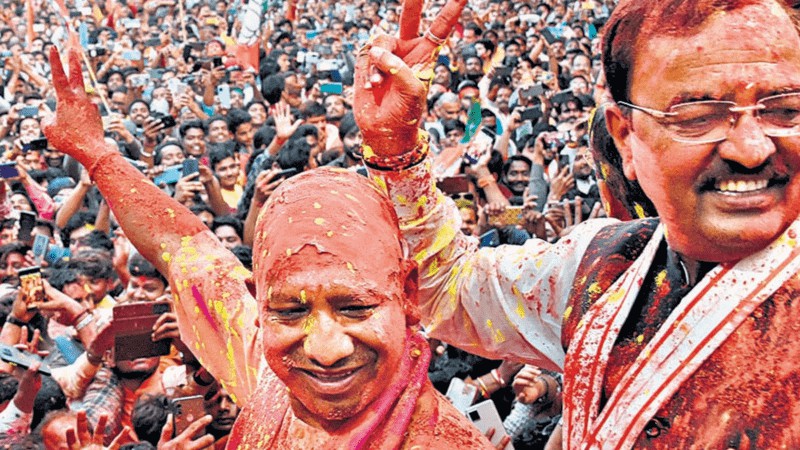
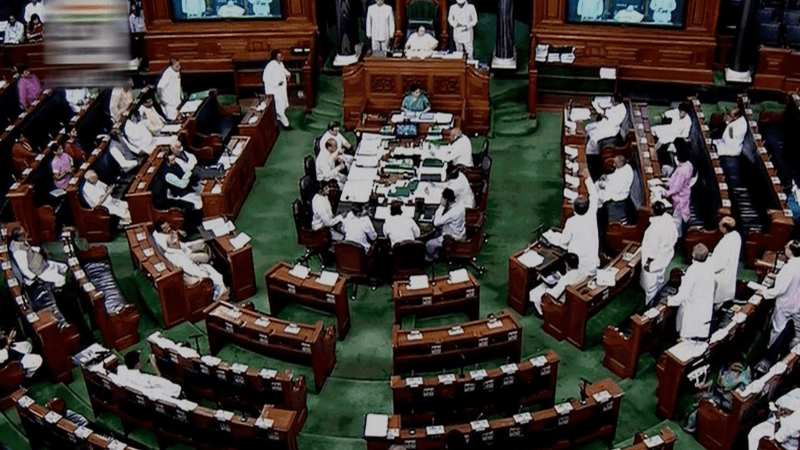

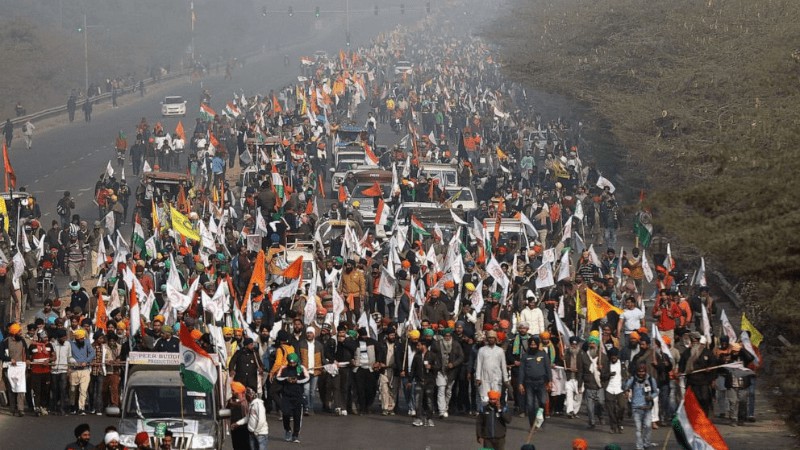
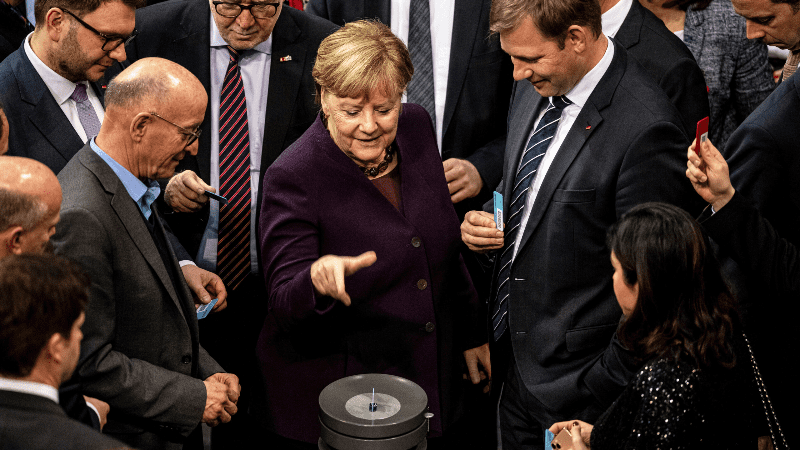
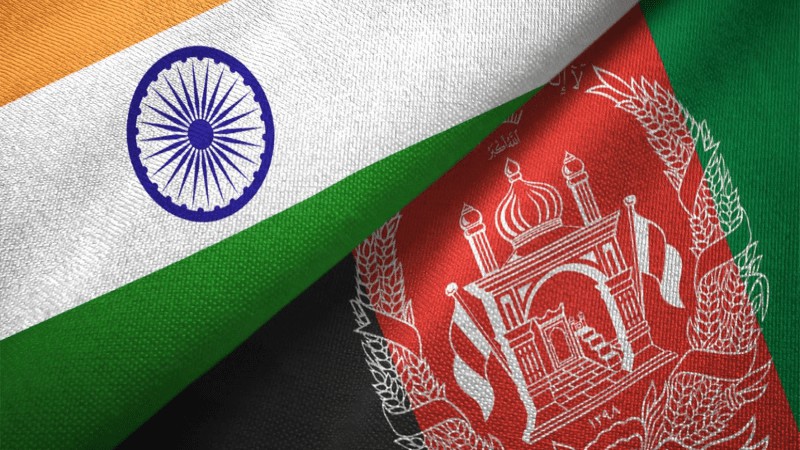
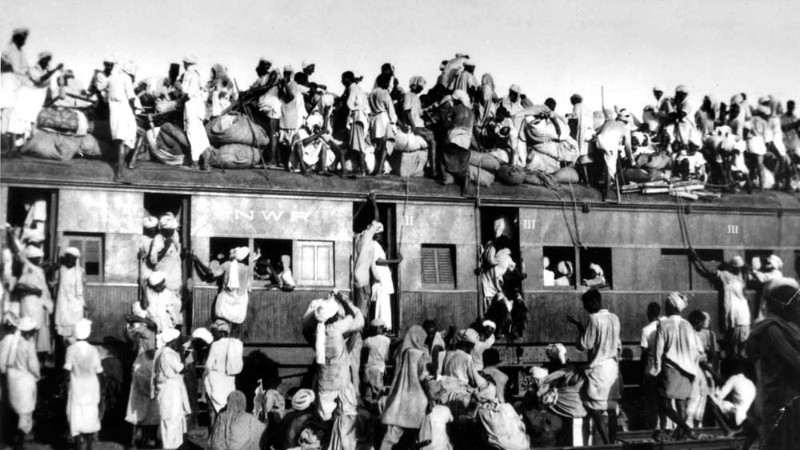
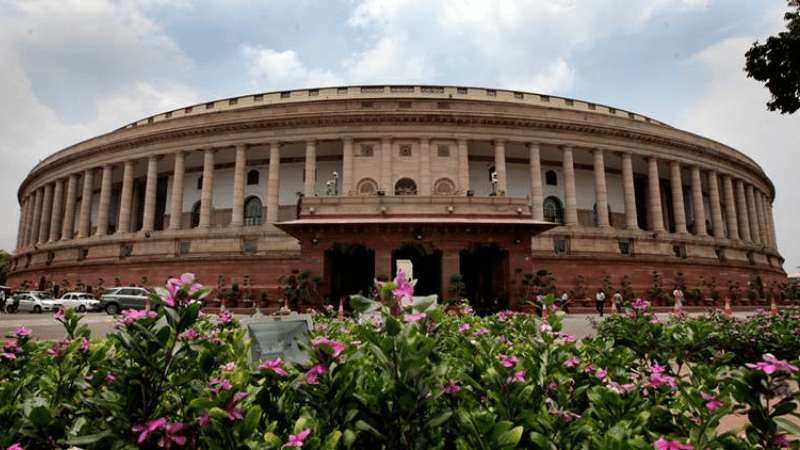
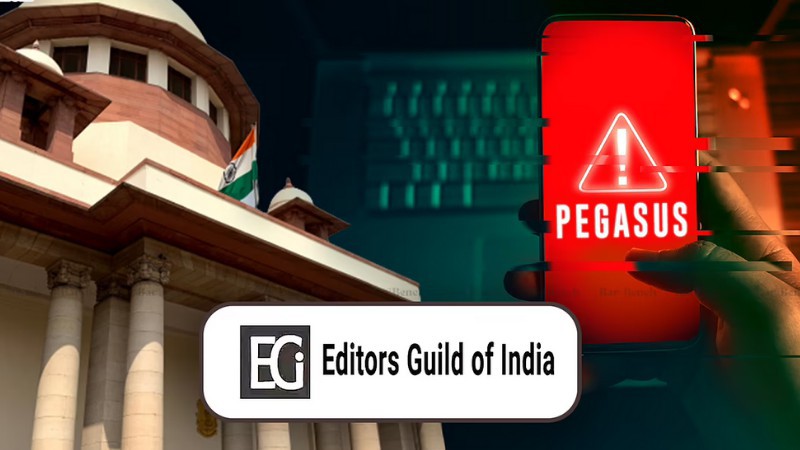
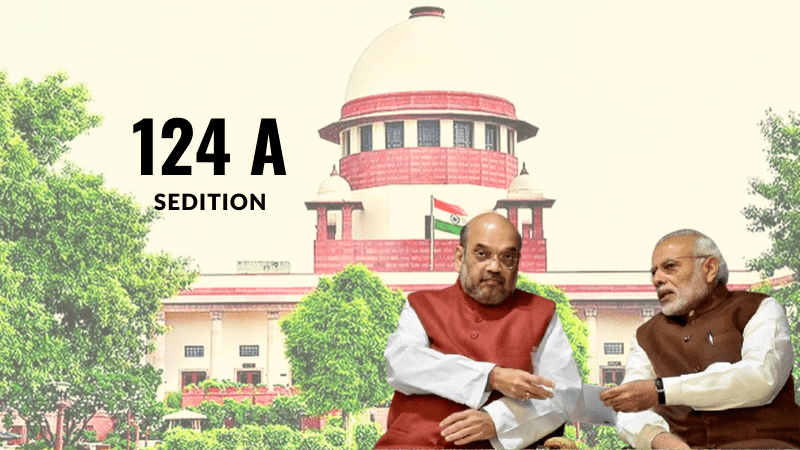

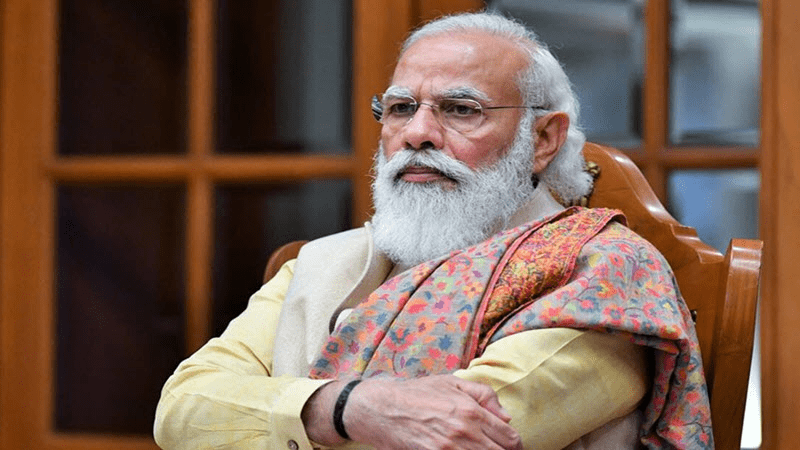
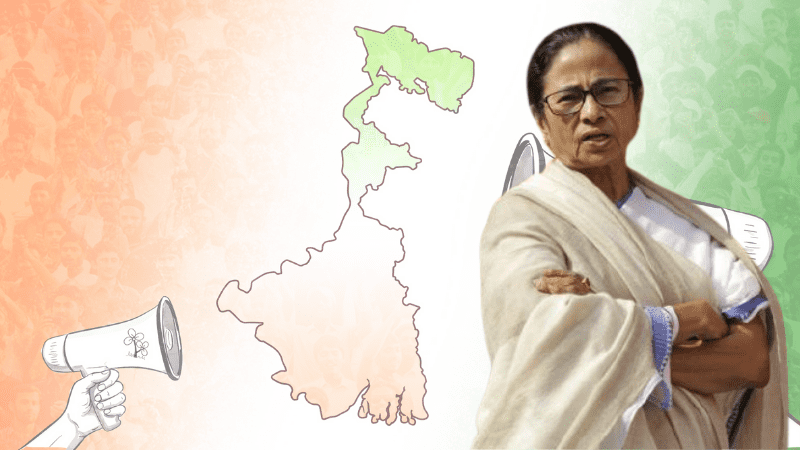
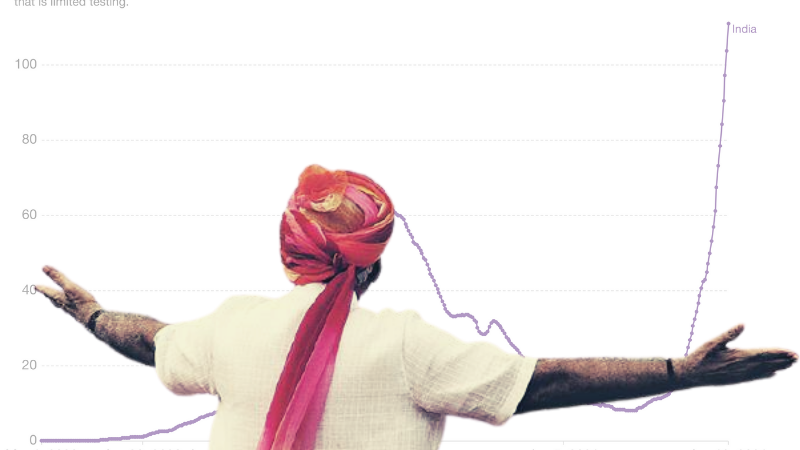

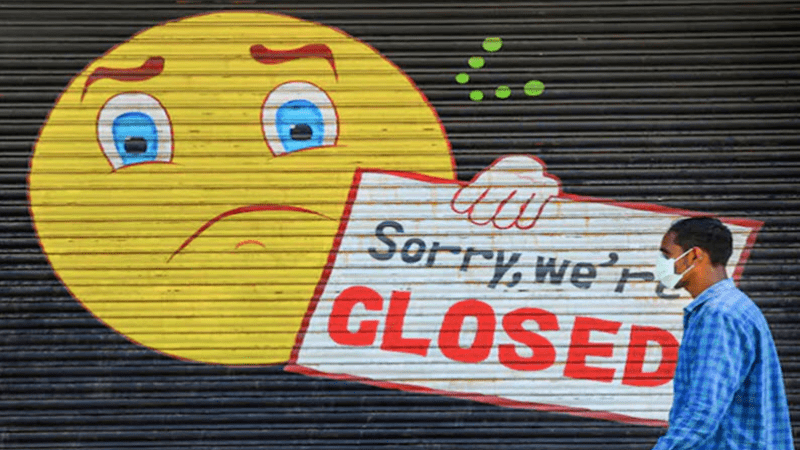
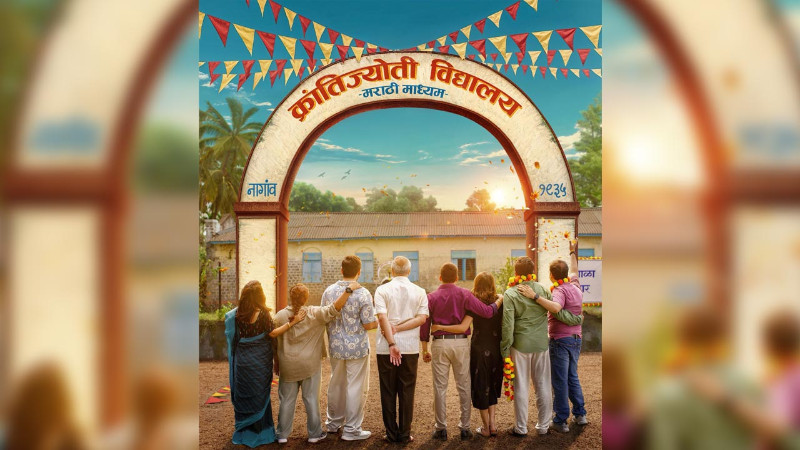
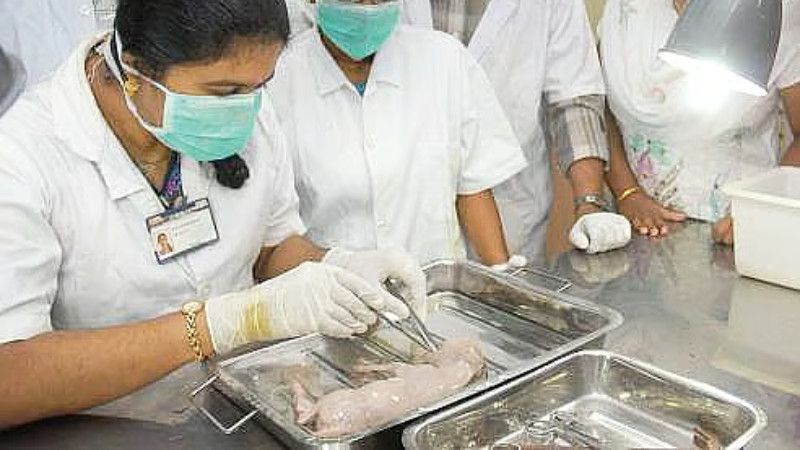
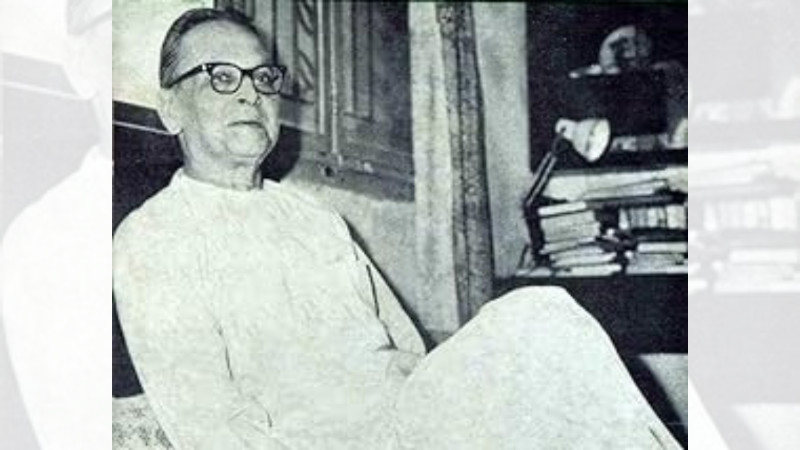
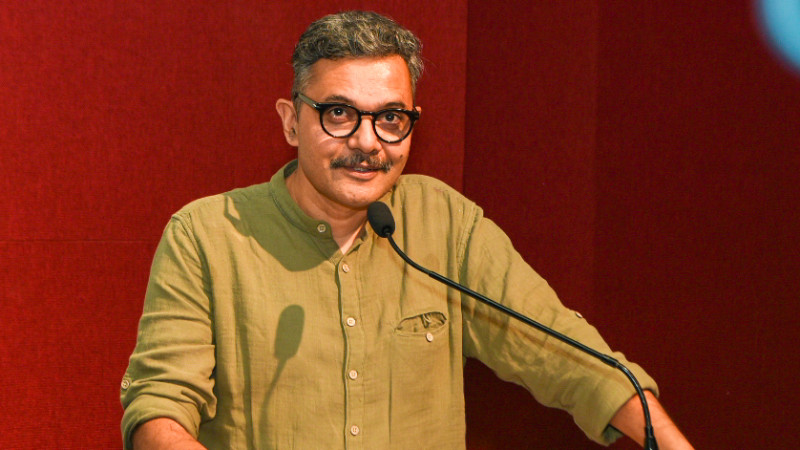
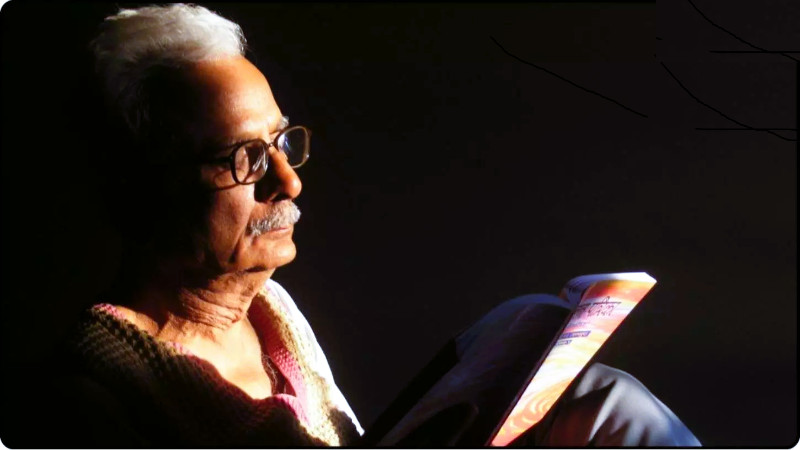
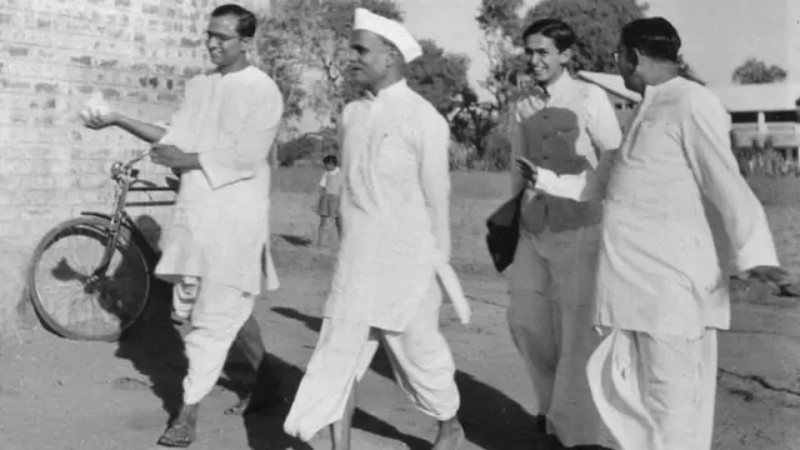
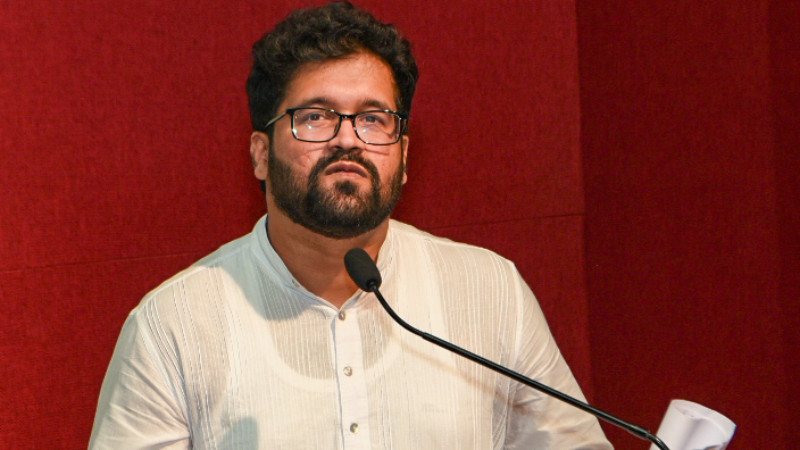
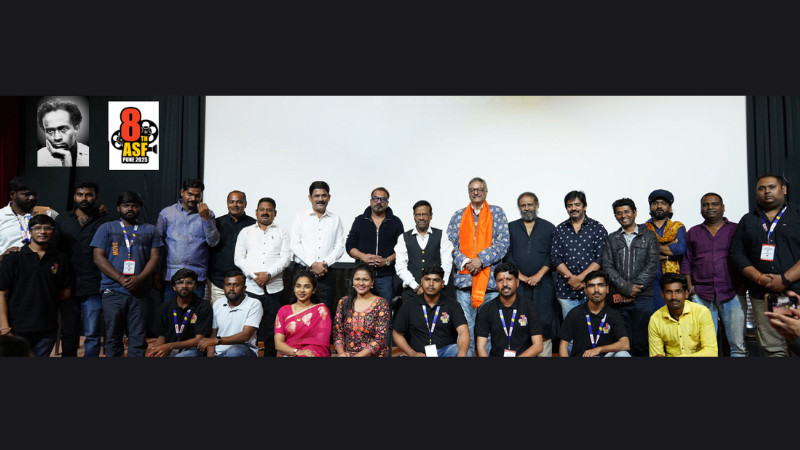

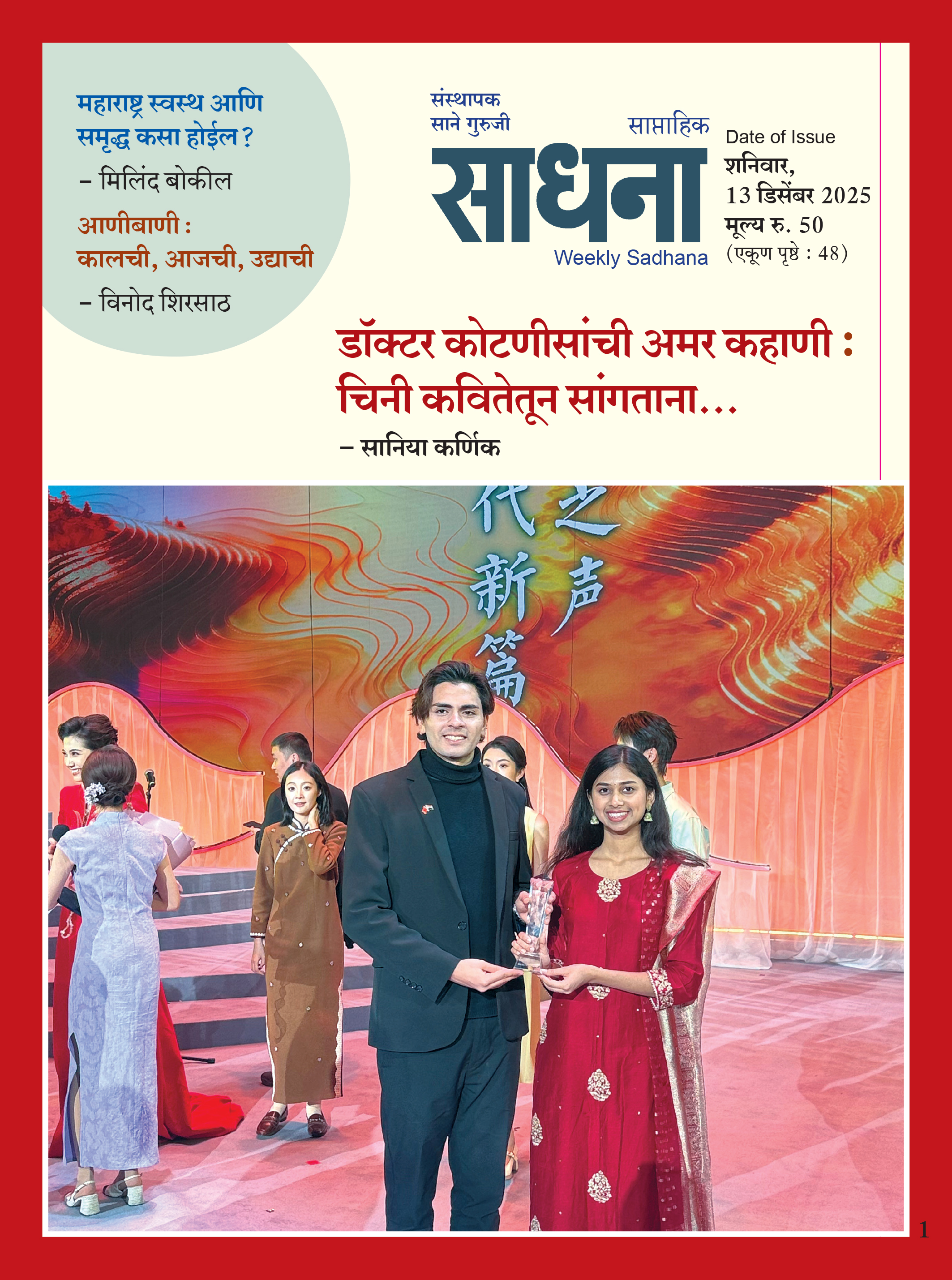













Add Comment